Paidia is the University’s hangout space at Nokia Areena, and many don’t know anything about it – we investigated how much it costs and what goes on in there
The universities community’s multi-use facility Paidia has been a source of confusion among students for over two years. The university says that its use has changed during the piloting.
Original text: Iikka Sorvali
Pictures: Eelis Berglund
Translation: Oskari Koski
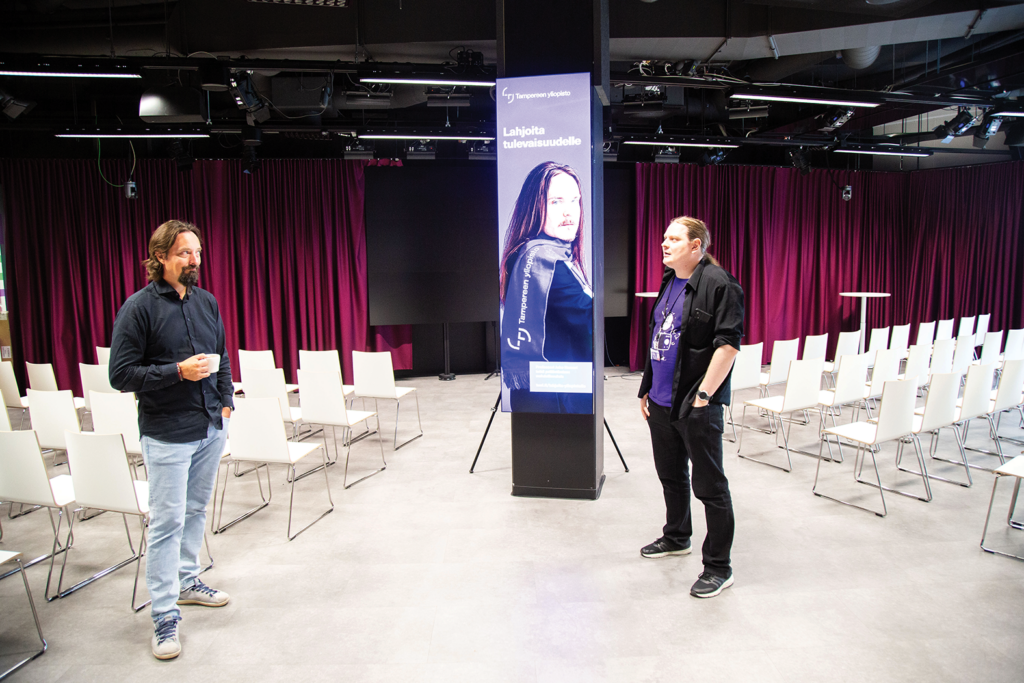
Located in Nokia Areena, Paidia has been the target of controversy, praise and criticism. According to the university, the 460 square meter multi-use facility can open new kinds of opportunities for both learning and research, as well as collaboration and partnerships.
We visited Paidia in mid-September and investigated what goes on in the premises two and a half years after it was put into use.
When Paidia was announced in 2022, the Chief Specialist on campus development Satu Hyökki declined to comment on its costs. Visiiri made an information request for this article, inquiring about its costs among other things.
According to the University’s answer, the rent is 18 euros per square meter and its maintenance costs four euros per square meter. In total, the rent is therefore 10,120 euros per month.
According to the response to the information request, Paidia is responsible for approximately 0.2 percent of both the costs and surface area of the university’s facilities.
Paidia has been used for 200-250 events yearly, of which four out of five were organised on weekdays during working the day, and the rest were either during evenings or weekends, says the response to the information request. Three fourths of the events were organised in hybrid format.
A typical event was related to research activities, such as stakeholder meetings.
The University’s project manager for gamification, Juhani Linna, and IT-support person responsible for Paidia’s presentation technology, Mikko Seppänen, explain during a tour of the facilities, that they have also been used in student associations’ events, gaming events and, for example, a performance that was a part of a course included in an acting degree.
The space has also been strongly marketed through gamification. In addition, it was intended to serve as a kind of showcase for research carried out in the community.
However, based on the presentation tour, it seems that Paidia has not reached its goals in these matters.
Games, events and research
Paidia was introduced during the COVID period, in March 2022, when people were already sick of remote participation and webinars.
“We are the community’s best facility for hybrid events” Juhani Linna praises.
By hybrid, Linna means mixing remote and local participation in various events.
“Many were exhausted with Teams-meetings, and we wanted to give our community a chance for having events that look and sound good.”
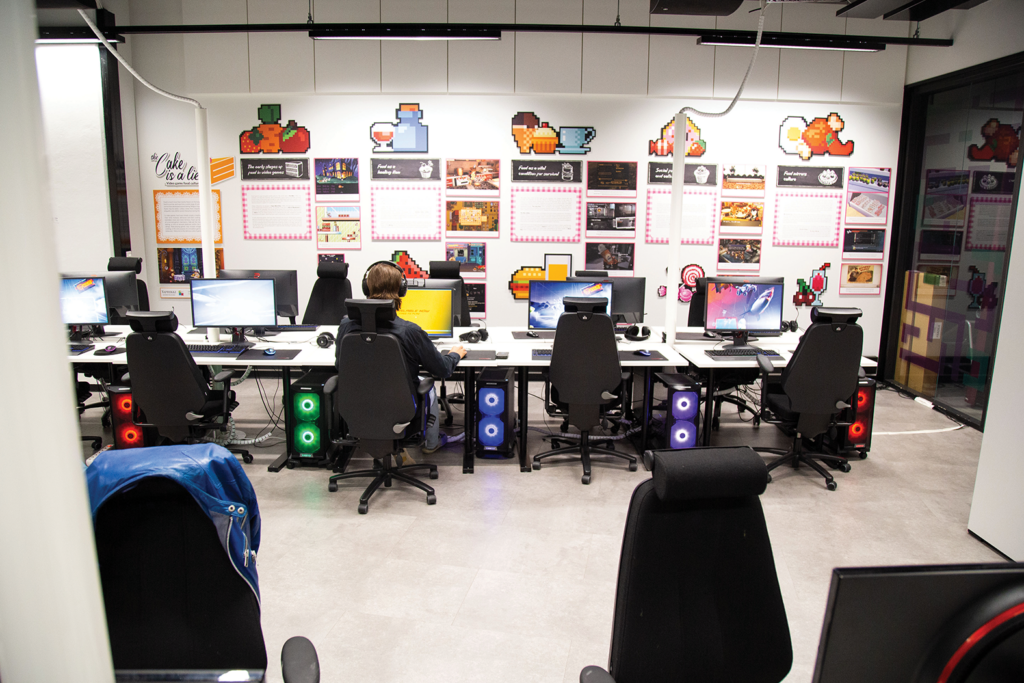
Paidia has a game room with around 20 gaming computers. In addition, the facilities have VR-glasses and gaming consoles in cabins that are by the side of the large hall. In addition to the fact that Paidia was designed as an event space and a pioneer in gamification, it was also supposed to act as a showcase for the research carried out in the Tuni community.
The orange plywood piled on the edges of the gaming room reminds us of that.
”That was the prototype of the trolley simulator, where the visitor could sit and see what is happening in the community and give feedback,” explains Linna.
According to Seppänen, you could also try the simulator with VR glasses that simulate having visual impairments.
”It wasn’t on display all the time, because experimenting required a director and that simulation was a work in progress,” he adds.
Linna says that the next thing that has been planned for Paidia is a campfire relating to interaction with nature. However, the planning has come to a stop for now, because it’s not possible to bring real trees to the Areena, due to fire safety and weight limitations.
Gaming on the back burner
Linna says that the facilities were originally planned with more open activities in mind. Based on a couple of years of piloting, it has become clear that the event organizers want to use Paidia mostly for closed events, such as workshops or seminars.
Outdated information on Paidia’s website reflects this change. As of the writing of this article, the web pages still invite people to come play in Paidia during the autumn of 2023.
According to Mikko Seppänen, the premises have open days also this semester on Fridays when there are no other bookings.
However, the focus has moved away from being a space open to all that students could freely use to come game.
“The facility needs to be booked via Resouce Booker, we don’t keep this open outside of reservations. There would need to be some organiser, who organises games for the participants,” says Linna.
The gaming computer room has sometimes been in use as a part of events, but Linna says that it has also been in use as a storage room.
“The room is a smaller part of these premises, and we’re thinking about what to do with it in the future.”
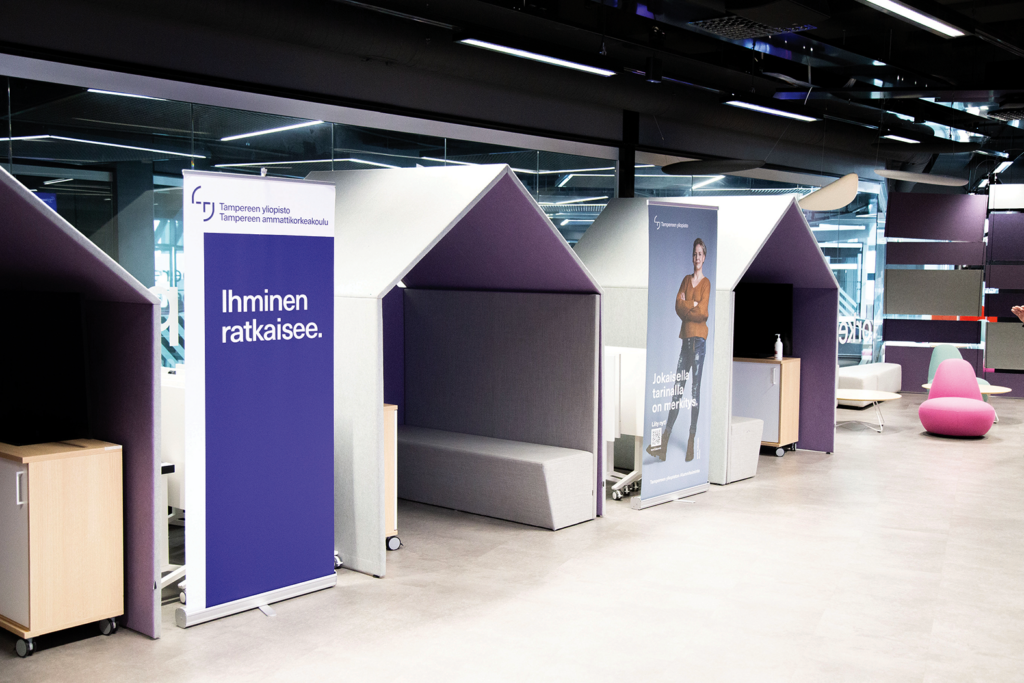
The Arena brings benefits
Many know Paidia through its locations, which Linna says is one of its advantages. There are directions to Nokia Arena from the train station, so it’s easy to find when coming from outside of Tampere.
In addition, the Arena’s arrival instructions can be sent to event organizers, which Linna says makes it easier to communicate about the location of an event.
Many have also wondered about the location of Paidia. The Arena is an atypical place for a university’s facility, and from the outside the Arena it is not even visible that a part of Tuni is inside.
“We could have paid to have a sign on the wall of the Arena. Since this place is usually used for invitation events, we didn’t do that,” says Linna.
According to Linna, Paidia brings visibility to the universities community and its research through events, not by mere existence. He emphasises that due to its relatively small size, the facility cannot be in free use of the entire community.
“The Tampere universities community has 5,000 people working, and there are 30,000 people with a Tuni user-id. If all of them suddenly started calling us and asking, when they can come visit, we would be at a loss.”
Collaboration as a demand
Linna goes back to the concept of collaboration several times during the interview. In Paidia, they want events that bring together the universities community and the society around it.
”The main theme here has been how we get people, organizations and communities to do science, development work, teaching and world-changing together with us.”
Collaborative events can have organisers from outside of the universities community as well. Booking the facilities does not cost anything to the organiser.
“The organiser pays for the catering, but if they just want to use our kitchen to make some coffee, that is also possible.”
In exceptional circumstances, the facilities have also been given for outsiders to use for events. This was the case during the Ice Hockey World Championships, but the universities community did not pay anything for the period either, Linna says.
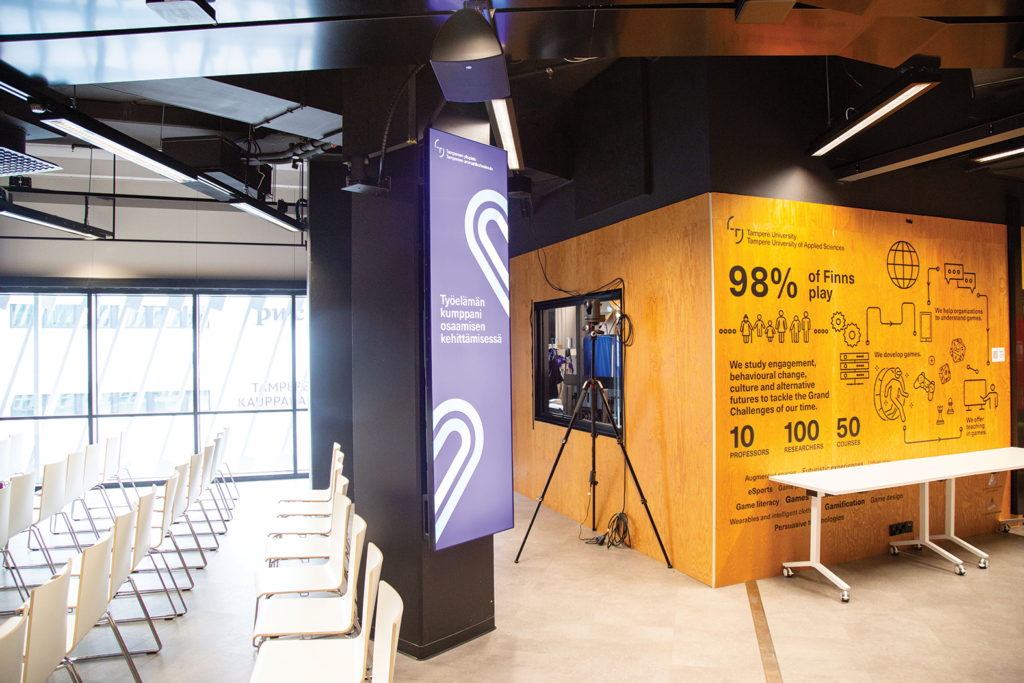
Also student associations’ events are welcome in Paidia, if the events have a collaborative component, Linna and Seppänen say. For example, student associations’ board game evenings and gaming tournaments have been open public events.
“When there have been suggestions about anniversary parties, for example, we haven’t seen them as the right kind of events for our facilities,” Linna says.
Paidia is a part of a whole
The five-year rental contract of Paidia is now over its halfway mark, and Linna says that the learning process is still ongoing. Linna would want to concentrate on making the events organised in Paidia more influential. With this, he once more refers to the importance of collaboration.
There is also a need to invest in communications. Seppänen is planning to update the outdated information on the websites, and Linna emphasises that event organisers should communicate more about their events.
“We try to prod people towards that. Maybe the booking process could include wishes or even an obligation, that you should communicate outwards about what you do in Paidia.”
Paidia’s future is considered together with the plans for other facilities of the universities community. A lot of changes are coming to the centre campus, and Linna says that the situation needs to be looked at as a whole.
“Members of the community seem to have use for this space. I myself see this as a positive differentiating factor in the Finnish higher education field.”
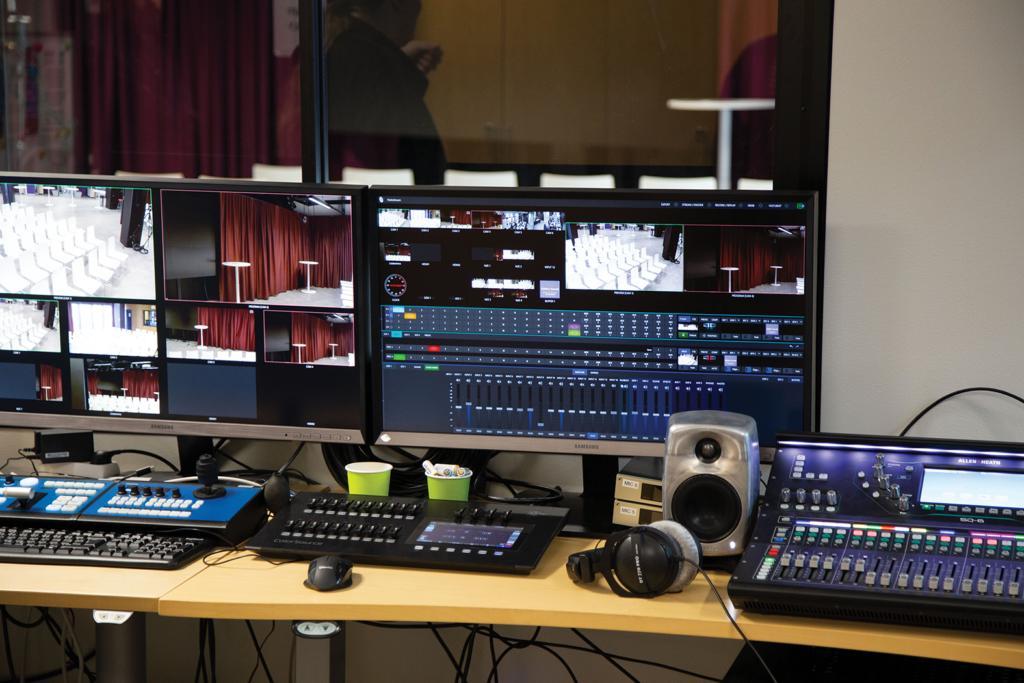
Correction 16.10. 12:40: the article previously claimed that the university has 5 000 employees and 30 000 people with a Tuni user-id. Those amounts concern the whole Tampere universities community.